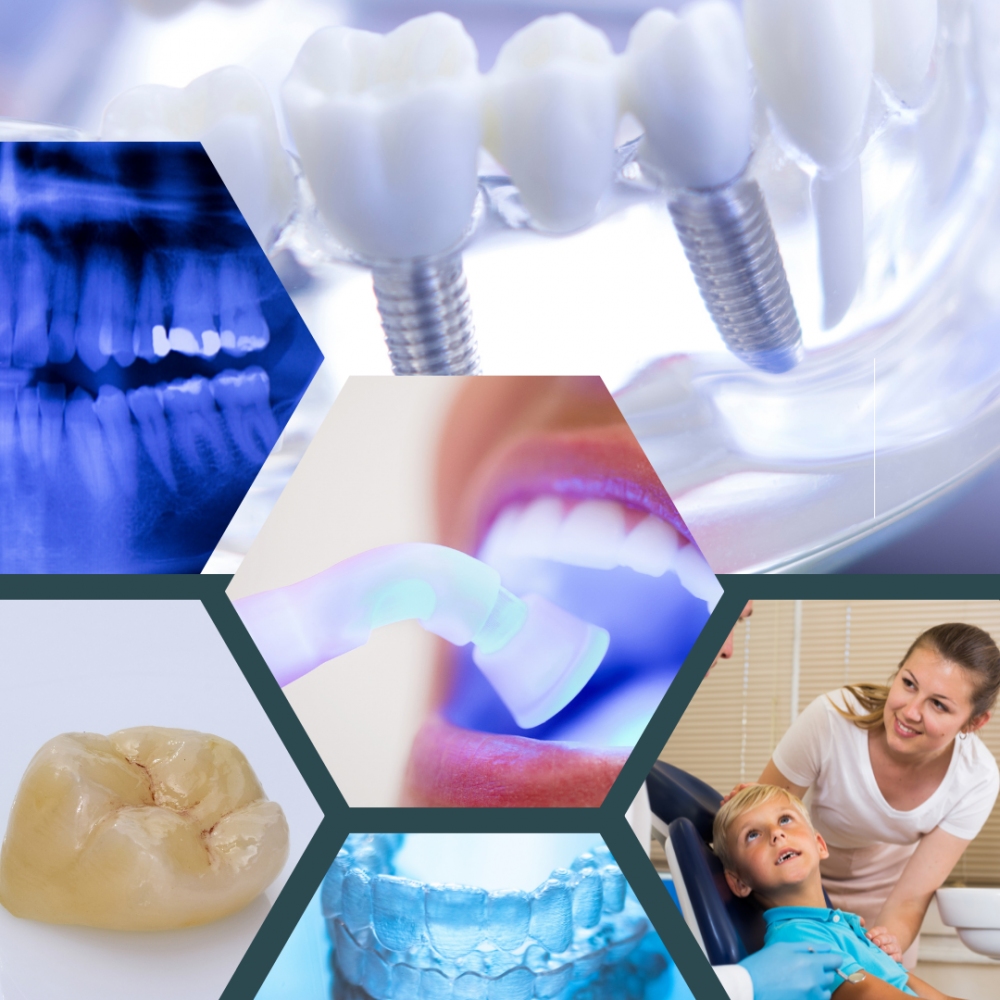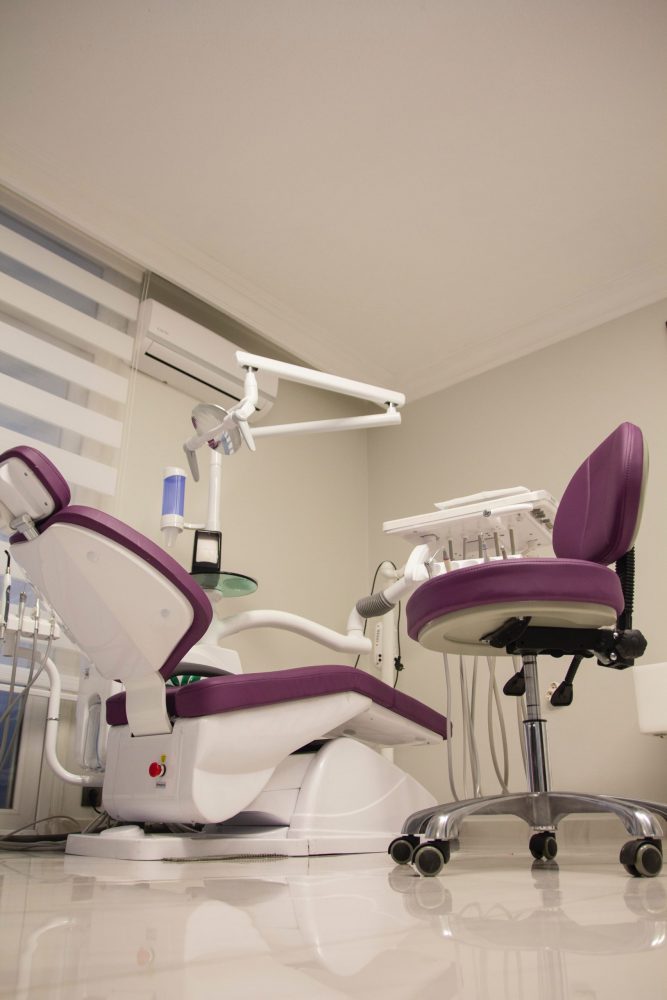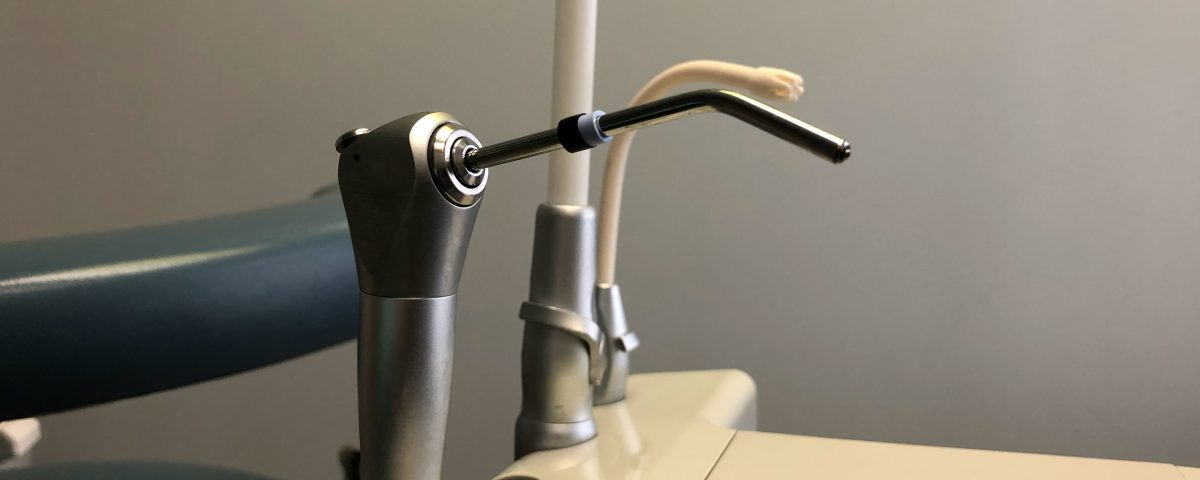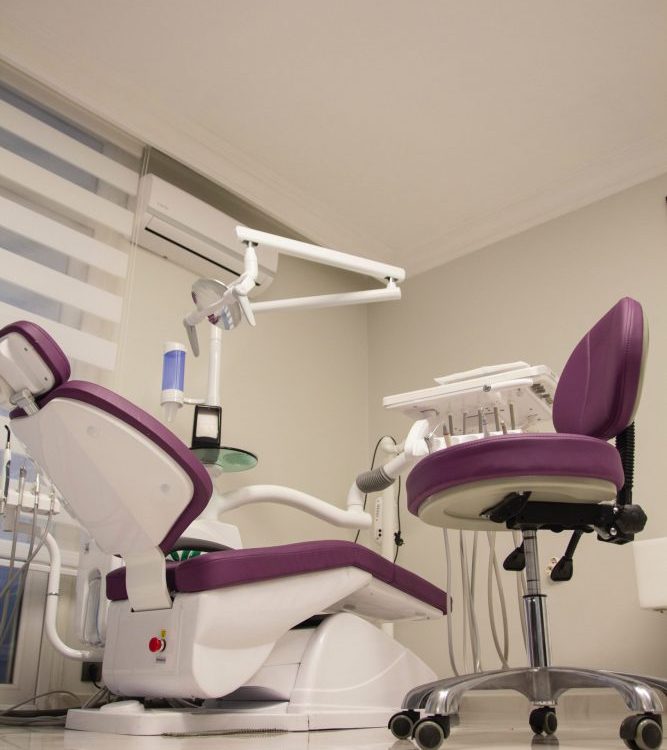
Let’s Break Down the Different Types of Dental Services
September 15, 2021
Are Root Canals Safe?
May 10, 2022At Langley Dental Care, we’ve found out that many of our patients need more information to properly compare a root canal vs. extraction before choosing the right procedure for them. To assist all our patients and the community in learning about these dental procedures, we have this guide that breaks down the pros and cons of root canals and extractions.
Why Do You Need a Root Canal or Extraction?
The most common reason for needing a root canal or extraction is damage to the tooth’s interior. This type of harm may come from a cracked or broken tooth or severe decay. In many cases, you will feel a sharp pain when eating, extra sensitivity, a constant dull ache, or notice swelling in the gums.
Aside from gum swelling or the appearance of what looks like a pimple on the gums, you may not have visible signs that you need a root canal or extraction. Even some cracked teeth are not visible until a dentist takes x-rays and thoroughly examines your teeth.
Why You Might Need Root Canal Treatment
For a cracked tooth, root canal treatment serves as a way for the endodontist to let you keep as much of the natural tooth as possible by removing any bacteria introduced into the canals through the crack. Root canal treatment for decay serves the same purpose.
The pain you experience before root canal treatment comes from the swelling caused internally by bacteria inside the root canals. Since root canal treatment removes the bacteria from inside the tooth, you will notice pain relief soon after the procedure. However, with decay and some cases of cracked or broken teeth, you may need an extraction.
When You May Require Dental Extraction
A dentist will perform extraction as the only alternative to endodontic treatment of a tooth with a crack or severe decay. In some cases, the crack is so severe or goes vertically through the root that the tooth is unsalvageable and requires extraction. Decay that progresses too far can also render the tooth too far gone for root canal treatment to save it.
In either instance, extracting the tooth to remove it from the mouth can keep bacteria from spreading to the jaw and the rest of the body. Plus, removing the source of your pain will ease your discomfort.
What Happens During a Root Canal?
Root canal therapy is a non-surgical procedure that cleans out the interior of your tooth and seals it to prevent decay in the future. Contrary to popular belief, root canal treatment is not painful. In fact, it feels similar to getting a cavity filled.
For some, the downside to root canal treatment may be the cost under their dental insurance. In some cases, root canal therapy may cost more than extraction alone.
What Happens During a Dental Extraction?
During a dental extraction, you may only need local anesthesia. The dentist will then pull out your tooth. If the tooth is too delicate, severely infected, or severely broken, you may need surgery.
During an extraction surgery, you will have anesthesia that puts you to sleep during the process. This procedure allows the dentist to cut into the gum to take out all of the teeth and possibly some jaw bone extraction to ensure that all parts of the tooth come out of your jaw. Any remaining pieces left could lead to infection.
If you want to restore your smile, you can opt to have a dental implant placed into your jaw once you’ve healed from the extraction. This implant process requires a pair of surgeries to install the screw into your jawbone and fit the crown on top. Once finished, your dental implant will be a permanent fixture in your mouth that looks and feels natural.
Do You Have to Get a Dental Implant After an Extraction?
You technically do not have to get a dental implant following an extraction. However, if you leave your mouth with a gap between the teeth, you could experience several negative consequences.
First, you will now have a visible flaw in your smile. The only way to restore a full smile will be through restorative dental fixtures, such as implants or a bridge if you lose more teeth.
Second, your teeth will attempt to move inside your jaw to respace themselves more evenly in the mouth. This movement could impact the alignment of your smile. Again, a permanent implant fits into the hole to keep your teeth from moving.
Lastly, without having something in the jaw to support it, the bone around the extraction site may begin to wear away. If you have any thoughts about getting dental implants, do it as soon as possible to avoid the need for a bone graft at the implant site, which will add time to the process.
Preventing the Need for Either Procedure
You can prevent the need for either root canal treatment or extraction. First, take regular care of your teeth through twice-yearly visits to your dentist for cleanings and checkups. These visits will allow the dentist to identify if you have small cavities that they can fix quickly with a filling or crown instead of requiring you to get your tooth pulled or have a root canal.
Maintain good dental habits at home, too. Don’t forget to brush and floss daily. Remember that the bacteria that cause decay can get between your teeth where your toothbrush cannot reach. Flossing can get food particles from these tight spaces out and prevent cavities between your teeth.
Lastly, when playing sports, always use a mouthguard. These protect your teeth from getting knocked out or cracked while playing impact sports. Wearing a mouthguard is a simple way to keep your fun day from requiring an emergency trip to the dentist for a lost, broken, or cracked tooth.
By taking good care of your teeth, you can prevent the need to get a root canal or extraction and keep your smile healthy.
Contact Langley Dental Care for Preventative and Restorative Care to Keep Your Smile Healthy
If you have dental pain, you may not need a root canal or extraction. You could find that a filling fixes your problem quickly and easily. However, the longer you wait to see us at Langley Dental Care for your toothache, the more chances that the problem worsens. Contact us today to get your toothache checked out or prevent problems through regular checkups and cleanings. Let us help to keep you smiling.



